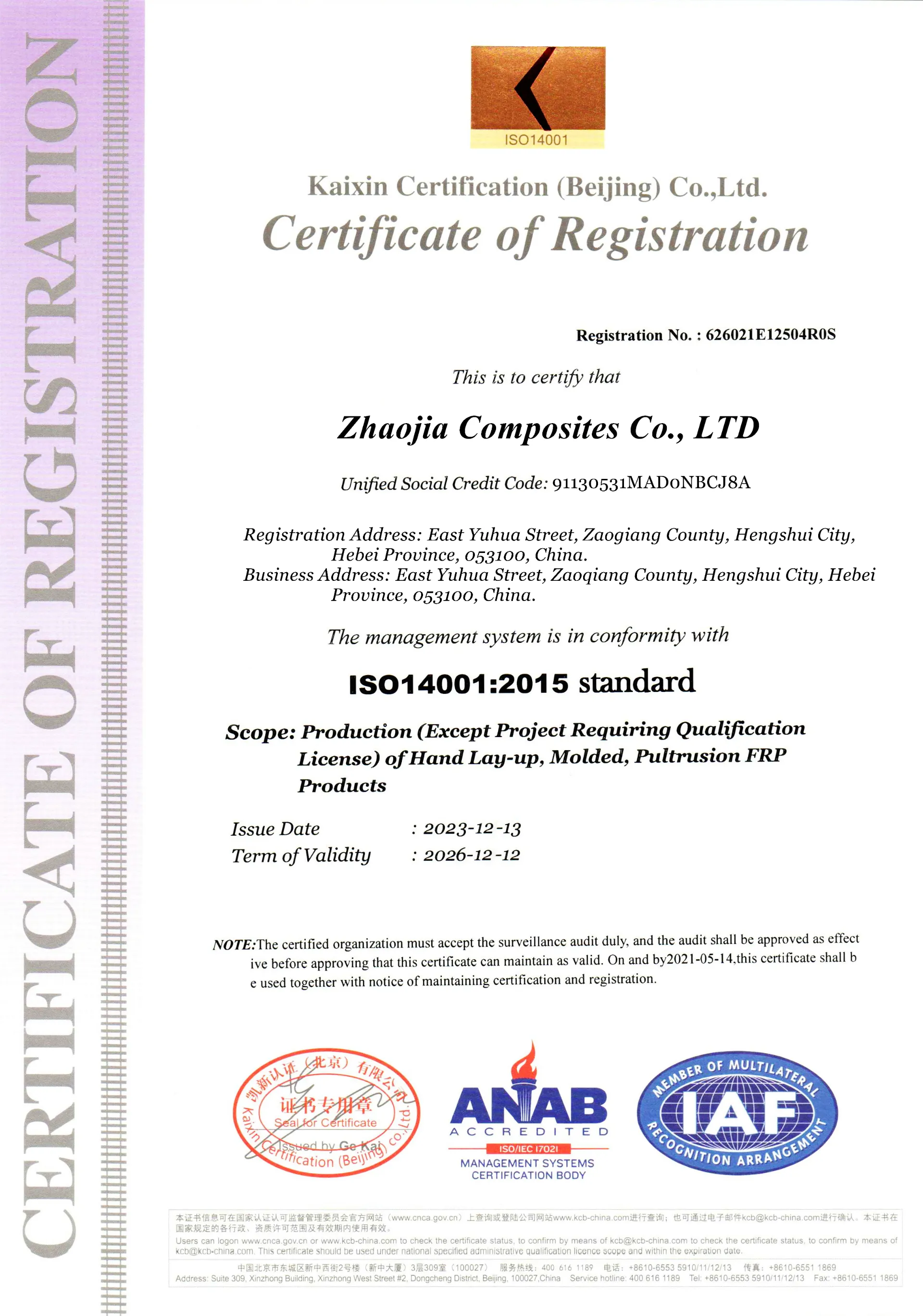loading...
- No. 9, Xingyuan South Street, Dongwaihuan Road, Zaoqiang County, Hengshui, Hebei, China
- admin@zjcomposites.com
- +86 15097380338
- Welcome to visit our website!
water treatment equipment
Water Treatment Equipment Ensuring Clean and Safe Water Supply
Access to clean and safe drinking water is a fundamental human right, yet millions of people around the world still lack adequate resources to ensure water safety. Water treatment equipment plays a crucial role in addressing this issue by facilitating the purification of water sources, making them suitable for both consumption and recreational purposes. This article explores the various types of water treatment equipment, their functions, and their importance in maintaining public health and the environment.
Types of Water Treatment Equipment
Water treatment equipment encompasses a wide range of technologies and devices designed to remove contaminants, pathogens, and impurities from water. Some of the most common types include
1. Filtration Systems These systems are designed to physically remove particles from water through various filtration methods. Common types include sand filters, activated carbon filters, and membrane filtration systems such as reverse osmosis and nanofiltration. Each method has its unique advantages, such as effective removal of chlorine, heavy metals, and other harmful substances.
2. Coagulation and Flocculation Units These processes involve adding chemicals to water to help particles clump together, forming larger particles called “floc.” This makes it easier to remove impurities during the subsequent filtration process. The equipment used in these stages is vital for improving water quality in municipal treatment facilities.
3. Disinfection Equipment After water has been treated, it is crucial to eliminate any remaining pathogens. Disinfection equipment employs methods like chlorine dosing, ultraviolet (UV) light treatment, and ozonation. Each mode of action effectively destroys harmful microorganisms, ensuring that the water is safe for public consumption.
4. Water Softening Systems Hard water, containing high levels of calcium and magnesium, can cause scale build-up and damage plumbing systems. Water softeners employ ion exchange technology to replace these minerals with sodium, providing softer water that is more suitable for household and industrial use.
water treatment equipment

5. Desalination Plants In regions facing acute water scarcity, desalination plants provide a critical solution by removing salt and other impurities from seawater, converting it into potable water. These facilities employ advanced technologies, such as reverse osmosis and multi-stage flash distillation.
Importance of Water Treatment Equipment
The significance of water treatment equipment goes beyond simply providing clean drinking water. Its benefits extend to public health, environmental protection, and economic stability. Here are a few key points illustrating its importance
- Public Health Effective water treatment prevents the spread of waterborne diseases, which can be life-threatening, particularly to vulnerable populations such as children and the elderly. By ensuring a reliable supply of safe water, communities can reduce the incidence of illnesses like cholera and dysentery.
- Environmental Sustainability Properly treated wastewater can be safely released into natural waterways or repurposed for irrigation or industrial use. This process safeguards ecosystems from contamination and promotes sustainable water management practices.
- Economic Benefits Investment in water treatment infrastructure can stimulate economic growth by creating jobs, attracting businesses, and decreasing healthcare costs associated with waterborne illnesses. Additionally, reliable water supply is critical for agriculture and various industries.
Conclusion
Water treatment equipment is vital for ensuring access to safe drinking water and maintaining the health of populations globally. As technology advances, the efficiency and effectiveness of water treatment processes continue to improve. Investing in modern water treatment technologies will be pivotal in addressing the challenges of water scarcity and contamination, ultimately contributing to a healthier and more sustainable future for all.
-
The Rise of FRP Profiles: Strong, Lightweight, and Built to LastNewsJul.14,2025
-
SMC Panel Tanks: A Modern Water Storage Solution for All EnvironmentsNewsJul.14,2025
-
GRP Grating: A Modern Solution for Safe and Durable Access SystemsNewsJul.14,2025
-
Galvanized Steel Water Tanks: Durable, Reliable, and Ready for UseNewsJul.14,2025
-
FRP Mini Mesh Grating: The Safer, Smarter Flooring SolutionNewsJul.14,2025
-
Exploring FRP Vessels: Durable Solutions for Modern Fluid HandlingNewsJul.14,2025
-
GRP Structures: The Future of Lightweight, High-Performance EngineeringNewsJun.20,2025
